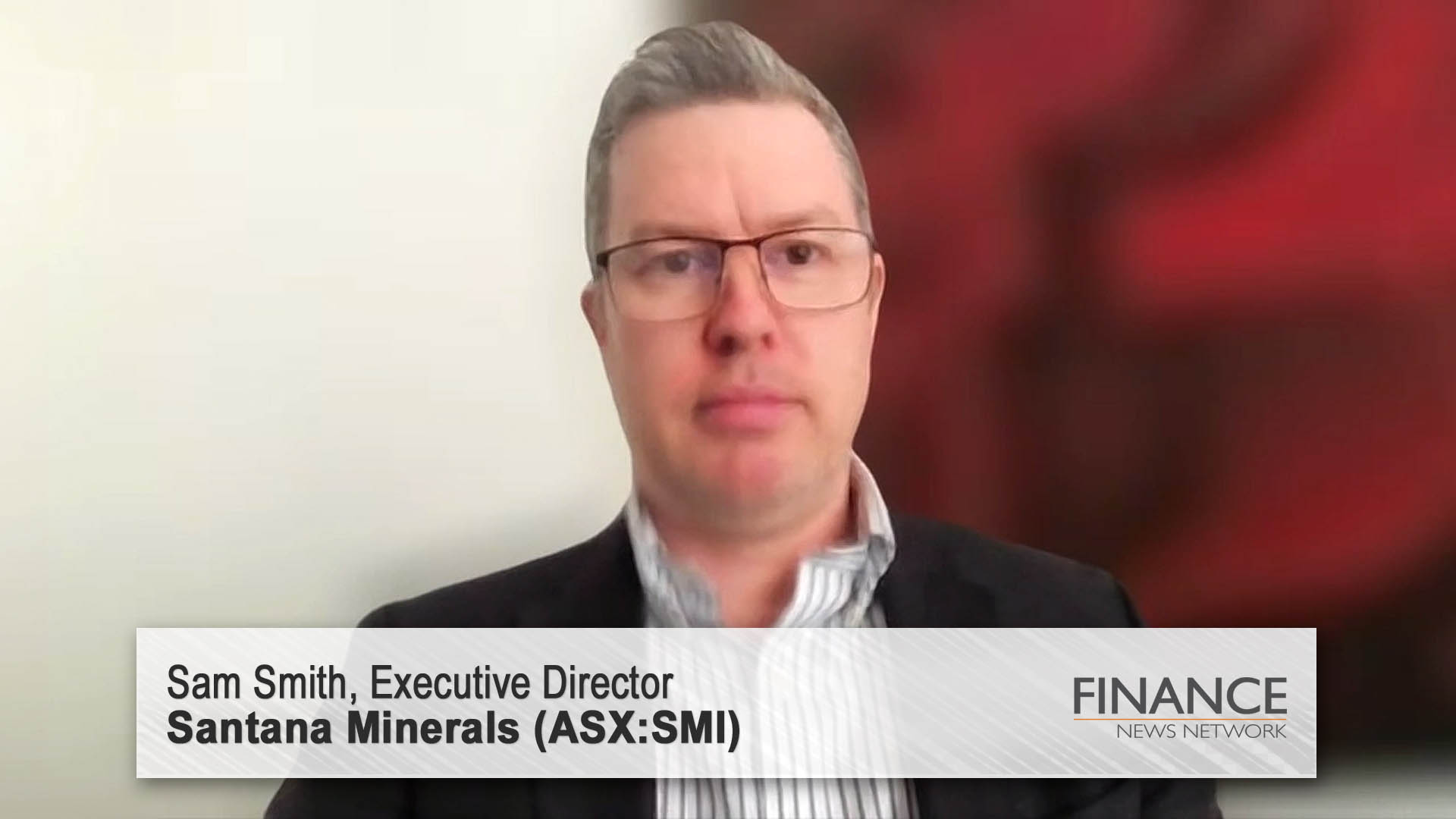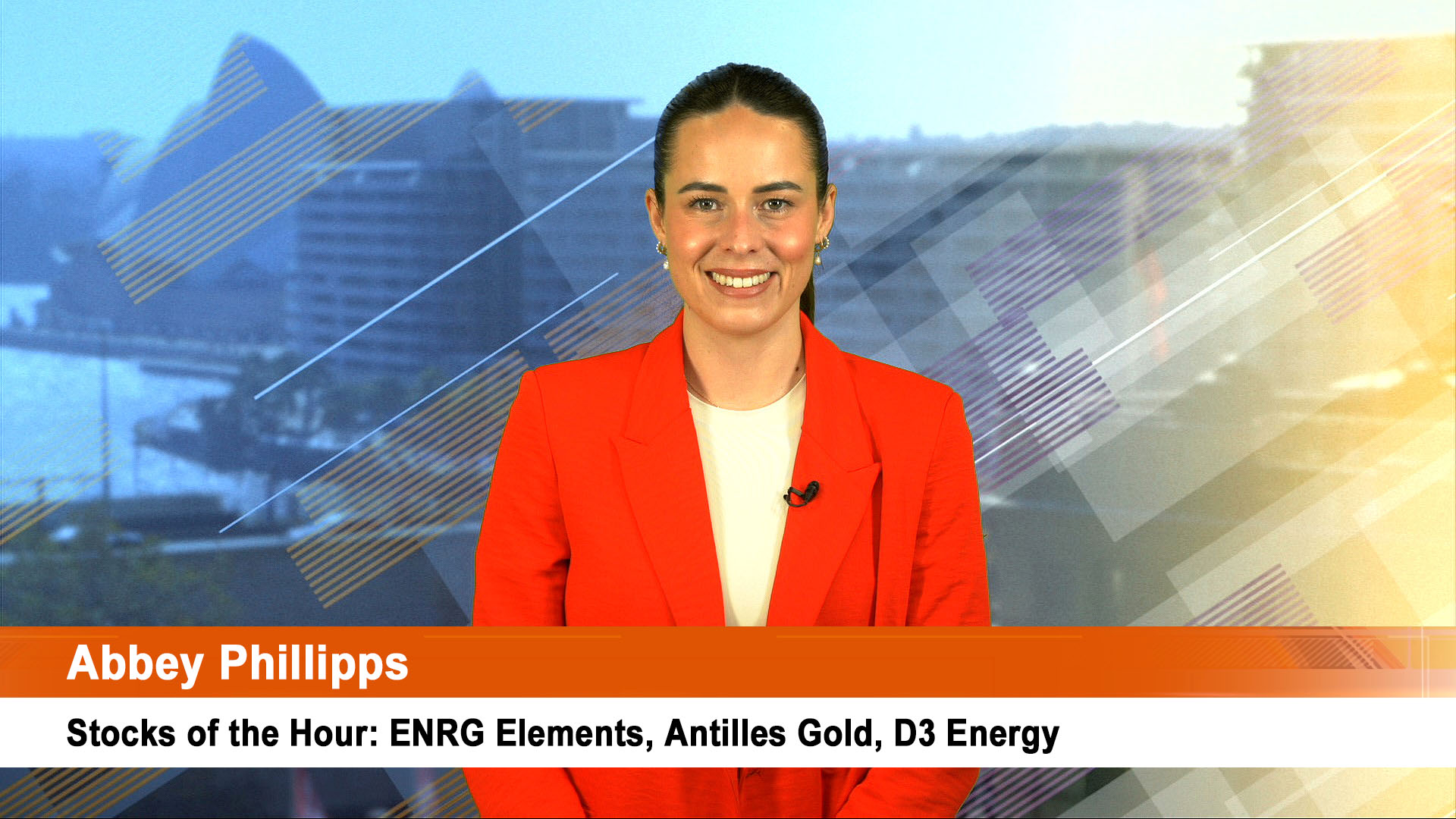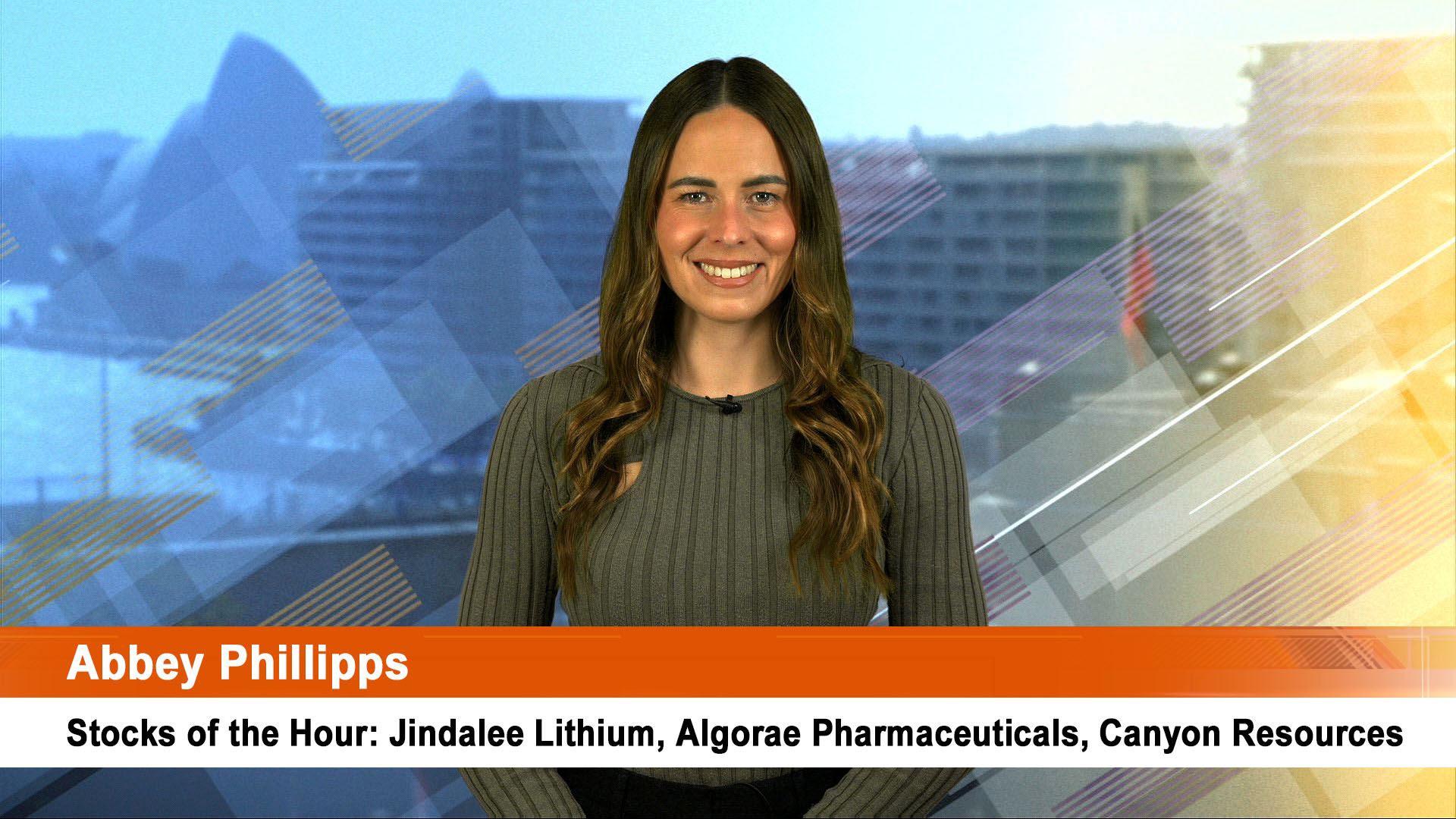Australian June quarter economic growth was soft at just 2% year on year (and 0.2% for the June quarter, down from 0.9% in the three months to March), as the economy continues its slow, wobbly transition from the resources boom.
And, while the economy is rebalancing, we can expect the sub-par growth of the past year to 18 months to continue, so more quarters lie ahead of similar weak growth reports.
But the quarter saw a sharp fall in living standards as measured by the best indicator of all, real net national disposable income per capita, which slid 1.2%, the biggest fall since the global financial crisis and the 1990s and early 1980s recessions and the mid 1970s oil crisis.
It was the fifth successive quarterly fall and the measure is now 5% under the peal back in 2011. It is the downside of the collapse in our terms of trade (over 10% in the latest year and 3.4% in the quarter). It is also why we are using up some of our savings.
It was solid contributions from consumers and households, and government spending in the June quarter that prevented the economy from dipping into the red – and prime among those factors was the continuing housing boom (even though home building fell in the quarter by 1.1%) which is still helping the economy’s transition.
There was also a sharp jump in government spending in the June quarter, part of which reflected a 41% rise in defence spending (which represented the order of three warships). That higher spending added 0.2 percentage points to growth, as did recurrent government spending in the quarter (up 3.4$).
June quarter GDP sinks
.png)
The AMP’s chief economist Dr Shane Oliver believes the “Ongoing sub-par growth is likely to drive the RBA to cut rates again and the $A is on its way to around $US0.60". (It dipped under 70 US cents yesterday.)
“Recent profit results reflect the economy, with poor resources earnings but reasonable profit growth from industrials,” Dr Oliver wrote yesterday.
Growth in nominal GDP (which is important in terms of the revenue side of the budget) for 53 years at just 1.8%, little more than the CPI of 1.7% (although underlying inflation ran at around 2.3% in 2014-15).
But the damage to growth was done by the poor performance of the trade account in the quarter. As China slowed, the trade account worsened as export volumes fell, prices dropped and the fall in the value of the Aussie dollar couldn’t offset the negatives.
So after three successive quarters of supporting growth (especially in the three months to March which saw GDP grow an unrevised 0.9%), the 41% surge in the current account deficit in the quarter and weaker volumes, inflicted the most damage on growth.
That was clear after the June quarter current account on Tuesday showed a negative contribution to growth of 0.6%, which was confirmed in the National Accounts.
The ABS said in a statement yesterday that “Reduced Mining and Construction activity, coupled with a decline in Exports were the main factors to the slowdown in economic growth.
"Positive contributions to GDP growth came from the Domestic final demand components of household and government consumption. The Financial, Transport and Health industries each contributed 0.1 percentage points to GDP growth.”
And as the current account data showed, the June quarter saw the Terms of Trade fell 3.4%, in seasonally adjusted terms, to be down 10.6% over the year. The savings rate was another solid outcome – 8.8%, seasonally adjusted and 8.6% in trend terms.
“Mining production fell significantly this quarter (-3.0%), although it is still positive through the year with growth at 2.1%. The decline in Mining production coincides with the fall in Exports. Net exports detracted 0.6 percentage points from GDP growth in the quarter, through the year they added 1.1 percentage points to GDP growth,” the ABS reported.
“This quarter continues to see the decline in mining related construction (Engineering construction -0.8%), which is reflected in the decline in Construction Gross value added (-0.6%).
"There was positive growth in Domestic final demand with Household final consumption growing 0.5% this quarter and 2.5% through the year. Government final consumption had growth of 2.2% for the quarter and 4.0% through the year. Public gross fixed capital formation was up 4.0% for the June 2015 quarter, but remains subdued through the year with growth at 0.4%,” the ABS said yesterday.
And Dr Oliver says that were it not for a strong surge in public spending and a (likely temporary) bounce in investment in WA, June quarter growth would likely have been negative as consumer spending was soft, housing investment fell, underlying business investment was soft and net exports and inventories cut 0.6% points and 0.2% points from growth respectively.
But he says we shouldn’t get too gloomy about the outlook.
"The growth detraction from net exports and inventories seen in the June quarter is payback for positive March quarter contributions and unlikely to be repeated in the current quarter, allowing growth to bounce back a bit to around 0.5% quarter on quarter, which is the average of the last two quarters,” he wrote yesterday.
"However, this will not alter the tough position Australian now finds itself in. Mining investment, having risen from around 2% of GDP to 6%, is now falling back rapidly as large projects complete. This is detracting around 1 percentage point from growth per annum.
"To offset this we need to see growth in other parts of the economy pick up. We have seen housing and consumer spending springing back to life and improvement in tourism and higher education. However, non-mining investment remains disappointing,” he said.
And National Australia Bank economists said in their June quarter analysis: “There is little in today’s release to prompt a re-think of our (or the RBA’s) slow expected recovery in 2016/17, as lower imports and improvements in the non-mining sector, consumer spending and dwelling consumption help to offset business investment – although the starting point will be lower.”
"The RBA was also expecting a quarterly outcome of between 0.1% and 0.4% q/q. We do acknowledge however that offshore risks stemming from financial market volatility and a slower China are pronounced. We (and the RBA) must wait for the dust to settle before assessing whether these represent a material change to the Australian outlook,” the NAB analysts said.













